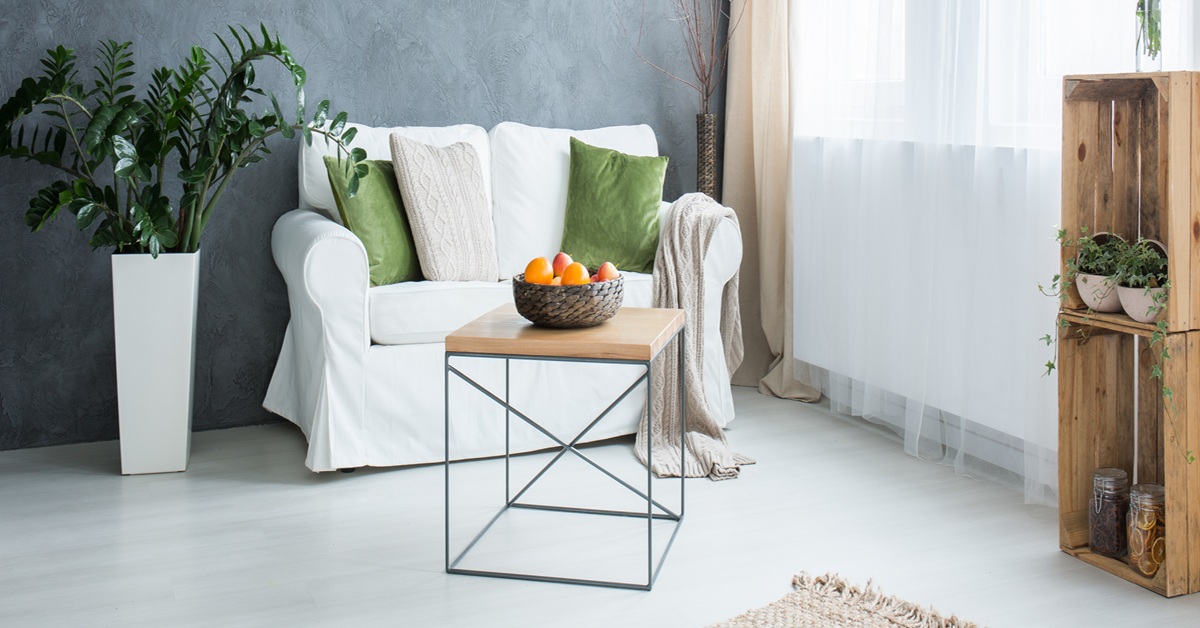Efficient organization is the cornerstone of any productive workshop. Whether you are a professional carpenter or a DIY enthusiast, having a well-organized shop can significantly enhance your workflow and overall project quality. One of the essential elements for maintaining order in a woodworking shop is a plywood rack. A well-designed plywood rack not only keeps your plywood sheets neatly organized but also makes them easily accessible, reducing the time spent searching for materials and minimizing damage. In this blog, we will guide you through the process of building a sturdy and functional plywood rack for your shop, ensuring that your materials are always organized and within reach.
Benefits of a Plywood Rack
Before we dive into the construction process, let’s take a look at the key benefits of having a plywood rack in your shop:
- Space Efficiency: A plywood rack helps you make the most of your available space by storing plywood sheets vertically or horizontally, depending on your shop layout.
- Easy Accessibility: With a dedicated rack, you can easily access the plywood sheets you need without having to move other materials out of the way.
- Protection from Damage: Proper storage reduces the risk of warping, bending, and scratching, ensuring that your plywood sheets remain in good condition.
- Improved Safety: A well-organized shop is a safer shop. By keeping plywood sheets off the floor and neatly stored, you reduce tripping hazards and potential accidents.
- Enhanced Workflow: When your materials are organized and easy to find, you can work more efficiently, saving time and effort on each project.
Planning Your Plywood Rack
Before you start building, it’s important to plan your plywood rack based on your specific needs and available space. Here are some key considerations:
1. Location: Choose a location in your shop that is easily accessible but out of the way of your main work area. Ensure that the location allows for easy loading and unloading of plywood sheets.
2. Size: Determine the size of the rack based on the dimensions of the plywood sheets you typically use. Standard plywood sheets are 4×8 feet, so make sure the rack can accommodate these dimensions. Consider the height, width, and depth of the rack to fit your space.
3. Orientation: Decide whether you want to store your plywood sheets vertically or horizontally. Vertical storage saves floor space and makes it easier to see all the sheets at once, while horizontal storage can be more stable and easier to load.
4. Capacity: Consider how many plywood sheets you need to store and design your rack accordingly. Ensure the rack is sturdy enough to support the weight of multiple sheets.
Materials and Tools
To build a basic plywood rack, you will need the following materials and tools:
Materials:
- 2×4 lumber (for the frame and supports)
- Plywood sheets (for the base and sides)
- Wood screws
- Wood glue
- Casters (optional, for a mobile rack)
- Paint or wood finish (optional, for protection and aesthetics)
Tools:
- Measuring tape
- Circular saw or table saw
- Drill
- Screwdriver or impact driver
- Level
- Sandpaper
- Clamps
Step-by-Step Guide to Building a Plywood Rack
Step 1: Measure and Cut the Lumber
Start by measuring and cutting the 2×4 lumber according to the dimensions of your rack. You will need pieces for the vertical supports, horizontal supports, and base frame. Here’s a basic plan for a vertical plywood rack:
- Four vertical supports: 6-8 feet long (depending on the height of your shop and your preference)
- Two horizontal supports (top and bottom): 4 feet long
- Two base frame pieces (front and back): 4 feet long
- Two base frame pieces (sides): 2 feet long
Step 2: Assemble the Base Frame
Lay out the base frame pieces on the floor, forming a rectangle. Attach the front and back pieces to the side pieces using wood screws and wood glue. Make sure the corners are square and use a level to ensure the frame is even.
Step 3: Attach the Vertical Supports
Attach the vertical supports to the inside corners of the base frame using wood screws and wood glue. Ensure that the vertical supports are plumb (perfectly vertical) and use clamps to hold them in place while the glue dries.
Step 4: Add Horizontal Supports
Attach the top horizontal support between the two vertical supports at the top of the rack. You can add additional horizontal supports along the height of the vertical supports for extra stability. Secure these supports with wood screws and wood glue.
Step 5: Add the Plywood Base and Sides
Cut a piece of plywood to fit the base frame and attach it using wood screws and wood glue. This will provide a stable base for your plywood sheets. If desired, you can also add plywood sides to the rack for additional stability and protection.
Step 6: Install Casters (Optional)
If you want your plywood rack to be mobile, install heavy-duty casters on the bottom of the base frame. This will allow you to move the rack around your shop easily. Ensure the casters are securely attached and can support the weight of the loaded rack.
Step 7: Sand and Finish
Once the rack is fully assembled, sand all the edges and surfaces to remove any rough spots and splinters. You can then paint or apply a wood finish to protect the wood and give the rack a polished look.
Tips for Using Your Plywood Rack
- Label Your Sheets: To make it easier to find the plywood you need, consider labeling the edges of the sheets with their type, thickness, and grade.
- Use Dividers: If you have a large variety of plywood sheets, you can add dividers to your rack to keep different types and sizes separate.
- Regular Maintenance: Periodically check your rack for any loose screws or signs of wear and tear. Tighten any loose screws and replace any damaged parts to ensure the rack remains sturdy and safe.
Conclusion
Building a plywood rack for your shop is a practical and rewarding project that will enhance your workspace’s organization and efficiency. With a well-designed rack, you can keep your plywood sheets neatly stored, easily accessible, and protected from damage. By following the steps outlined in this guide, you can create a durable and functional plywood rack that meets your specific needs and helps you maintain a tidy and productive shop. Embrace the benefits of a well-organized workspace and enjoy the ease and convenience that a plywood rack brings to your woodworking projects.







